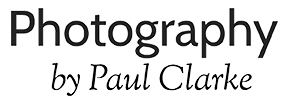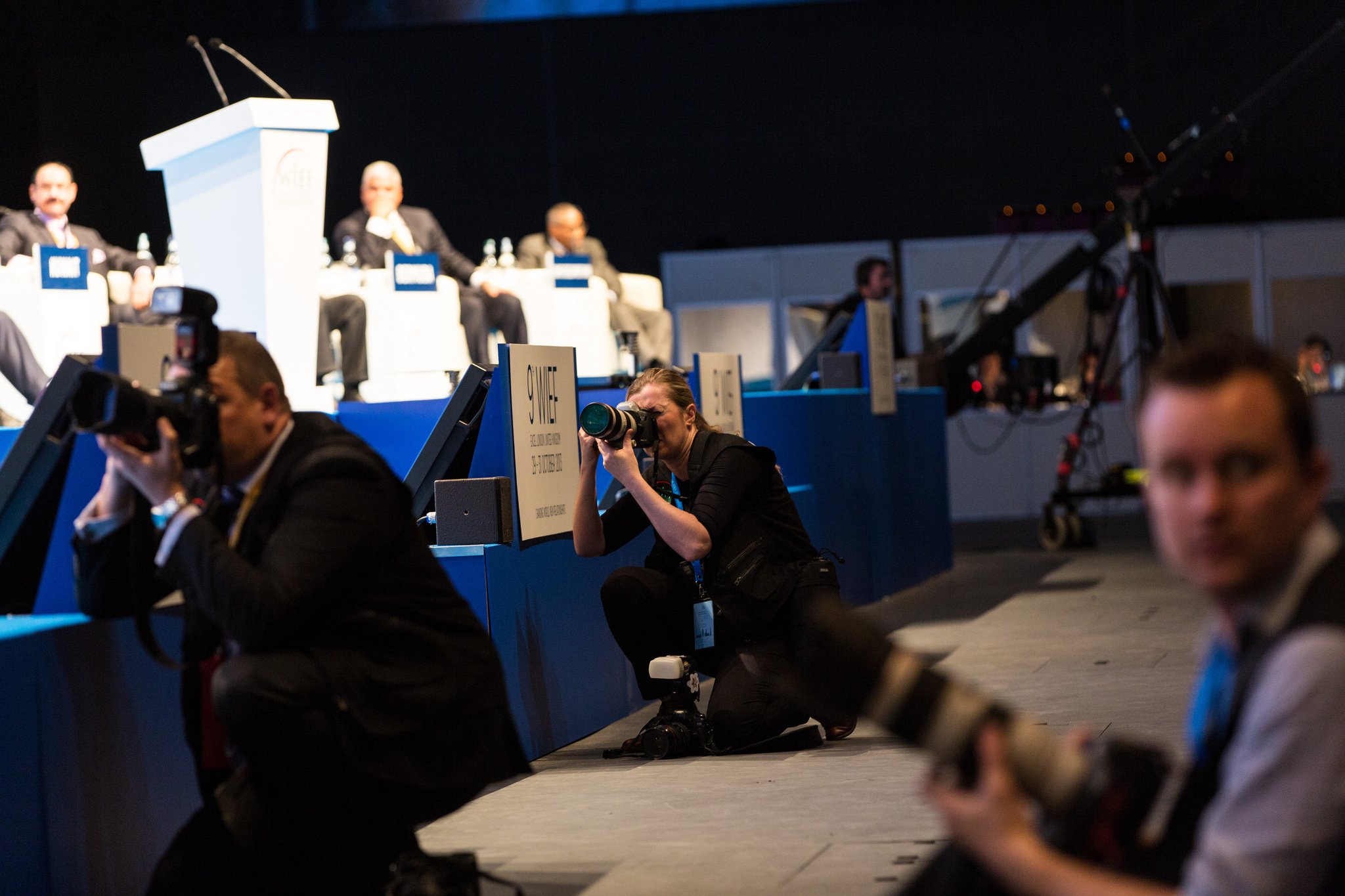Big news broke yesterday about a bold move by Getty – changing the way they distribute millions of their images.
You might have read some slightly scrambled social media interpretations: “Getty makes all its images free to use” or “Bloggers can now grab any stock photos they like”.
Well, sort of. Let’s look at what’s really going on and who’s affected.
Getty’s move came in recognition – maybe belatedly – of several things:
- that people grab anything they can when they think there’s little chance of being held to account for it
- others – especially YouTube – have done very well from letting others embed content (and advertising) on their sites
- they were sitting on a massive library with untapped potential
- and they have exceptional market power to disrupt, with contributor agreements that put them firmly in the driving seat.
So they’ve gone off in a new direction alongside their old model of “watermarks on everything, pay to use, and if you cheat our image robots will hunt you down and have you for breakfast” – aiming for a different type of value. And perhaps tacitly admitting the limitations of attempting to herd every lost sheep of a pirated image on the internet.
As a photographer, I know there’s more than one type of value to be had. The most desirable obviously being work for hire, cash for licensing or image sale, and a long way behind those are things like an inbound link or (for some, but not me) a credit. Mainly because you can’t spend credits in shops. No, that’s too bland. Because they’re fucking useless, do nothing whatsoever to generate actual work, and devalue and insult everyone who’s involved in offering one in lieu of payment for real work, using real talent and a fuck of a lot of high-quality fucking kit.
*cough*
However, at Getty’s scale of operations, there are other big benefits to be squeezed out beyond just licensing. As well as the income from embedded advertising, plonking code across the web will enable them to grab a lot of valuable data about who’s going where – and that’s got value.
More traffic flooding in from a zillion inbound links, simpler ways to find out how to license content commercially, boosted ad revenue and a nice, marketable set of mass user tracking data. You can see their point. So what have they actually launched?
Their embedding feature now means that very large numbers of images (but not all) can be used without charge, by adding a piece of code. Getty control this code, and what it serves: other than the image, a link back to Getty’s own site. Oh, and that small matter of embedded advertising and tracking code.
But the most interesting bit is who can use them like this. And here they’ve said “it’s ok if it’s non-commercial”.
At seeing reports of this, my first reaction was to laugh. The definition of non-commercial has long been a pain in the arse for people who use Creative Commons NC (non-commercial) licensing. Does advertising on a blog make it commercial? What about paywalls? Does the purpose of the site make a difference? Anyone with a business head on who wants to avoid a bag of unknown troubles stays well clear.
But as I looked at their official statement, I saw Getty mean something quite different. They’re pushing the boundaries of non-commercial as broadly as they can in favour of getting images out there and used. Only if images are used “for example, in advertising, promotions or merchandising…or to suggest endorsement or sponsorship” will they fall foul of Getty’s terms of use. (FWIW I think the last line of this BBC report claiming newspapers can’t embed shows some of the confusion.)
If you want a bit more detail on the features (and limitations) of the embedding functionality, this is a very good summary.
Getty’s intention is that news, sport, fashion, and many more types of editorial image can all be popped into any site that isn’t directly promoting a product or company. In a wry parallel to the photographers who race to the bottom, working for links and credits, Getty are themselves trying a bit of it – though with rather more lucrative potential.
As I’ve said, you can see why it makes some sense to them. But make no mistake, in those photography markets this is a big disruption. I saw a stern note today to Getty from one of their long-term customers of editorial content, wondering why they were only hearing of this move through news articles. And quite right too – given their business arrangement might not even need to exist any more.
Were I a news photographer or a Getty contributor in a similar area, I’d be asking some pretty searching questions right now about how this new value will flow back to content creators. I haven’t yet seen anything about this aspect other than predictions that contributors might see their images used extensively without receiving a penny. I simply can’t see how that can be sustainable, and I expect Getty will be saying more about this before long. They have to.
Me? I’m just sticking to the work that works for me. Commissions, campaigns and events where the assurance that the job will be done properly is paramount. If you want stock, or to commission some that’s actually an authentic representation of you or your business (and not just same-old archive stuff), get in touch. You’d be surprised how good the value can be. And no adverts, tracking, watermarks or other…surprises.
Don’t be a dick, commission real pictures



Good article Paul. I think the issue affects some photographers more thanks others as you suggest. If I were a contributing photog to Getty I would be worried but really how many of us base our primary revenue on that model? As a commercial photog I think it’s a positive thing, hopefully instilling a licensing concept amongst those who previously thought all images were free, we shall see. As a final note I disagree with the Getty haters (ok ,maybe obviously), the industry is changing, again, and the brave/intelligent change with it, the others are left behind… PS nice lead image but the focus should have been on the guy in the forground right, good looking chap…!
Paul,
Excellent piece. And what fascinating times in terms of image usage and licensing!
Perhaps my view is influenced by having a background in photography myself, but… As someone who runs an art organisation, in our marketing campaigns, I prefer to go to a stock library and pay for the privilege of using an image. For one, I feel safe about using the image (no unexpected demands in the post!) and secondly, I’m keen to support the individual who took the image (even if the amounts are only enough to go towards bills etc).
I’m intrigued to see how this pans out.
It’s certainly interesting. It takes all of 5 seconds to “liberate” the photograph from the iframe – so any ne’er-do-well can still yoink a watermark-free copy for themselves.
The embed itself links straight back to the page which encourages people to *buy* the photo.
There’s no mention of embedding once you’ve clicked through. The tweet symbol does the same – so people might think they’re promoting a blog, when actually they’re driving traffic to Getty’s licensing page.
At the moment, there’s no sensible way for a non-commercial blogger to pay for use of an image to illustrate a piece. It’s either grab it from Wikipedia or try to find one with an easy to hide watermark. I’m not going to be commissioning Paul to shoot a picture of a woman laughing and eating salad. Nor am I going to pay £30 to Shutterstock for a post read by half-a-dozen people.
If Getty are smart, they’ll make the first, say, 1,000 views of a specific embed free – then start commercialising views. Either via advertising or “click here to pay us a dollar for another 1,000 views”. That way Getty get small users hooked by demonstrating their value.
Sites like Flattr are a really good way for web users to do micro-payments. But they’re not well enough supported yet. So we’re in this mess where everything is free today on the promise of a big payout tomorrow. I don’t know how much longer that can last – but then, I’ve been saying that since the mid 1990s :-)
Pingback: Getty Provides 35 Million Images for Free Use - TIME
Great post, your anger comes through loud and clear. Connects to various issues for me as a writer. I’ve always respected copyright on images but sometimes find obscure ones I’ve paid to use in a book put out on the Internet by some cherry-picker. Also read the occasional online piece where the words are actually mine but not credited. As a traditionally-published writer I also got so fed up with having books sold off by publishers for peanuts because it was “a great promotional opportunity” for me. Like credits, such “opportunities” don’t pay the electricity bill. Now self-publishing. Steep learning curve but I’m in control of my own creative destiny.
Good luck to all professional photographers. We are living in interesting times. More respect for the creators required, I think.
This bold move is quite advantageous for the freeloading webmasters, not so sure for content creators. How is traffic towards Getty going to pay anybody for content? Getty seems to be opening a can of worms here, though I am sure it will profit a lot on the short term.
Pingback: What Getty Images new embed feature can't do
As a photographer starting in the business, It’s really disheartening to see that a huge organization with literally millions of images that it paid in all honestly very little for has changed from traditional marketing and sales strategy that independent photographers also used, to a much much more complex structure that makes sense for a mega organization with massive funds(also driving down the value of everyones photography). How many independent photographers A) have the capitol to run the back end required to be a Getty infrastructure, and B) have the capitol to pay a team of tech people to manage that back end and turn the convoluted system of clicks and links into revenue. It’s a brave new world of photography, and I suppose now trying to license images for editorial use just got that much harder from an independent point of view.
I’m curious to see how many people will make the investment in time and money to become more than an average photographer if the possibilities for licensing images isn’t worth the time it takes to shoot and edit them. How does this system cultivate skilled professionals who have an aesthetic and point of view? It seems to me to be geared towards hobbyists who rest on the laurels of green square mode (as well as the massive collection Getty already owns), and are happy to sell their copyright for nothing. Maybe that’s the future, everyone takes a good photo at some point in their lives and sells it to an agency, no one makes a living other than those who amass image collections.
No more negative nelly, there will be a solution to this at some point, but when? I hope its figured out before those of us trying to make a living have to pawn our gear.